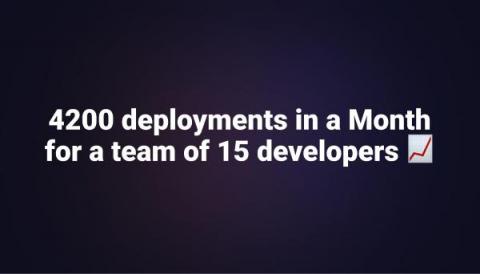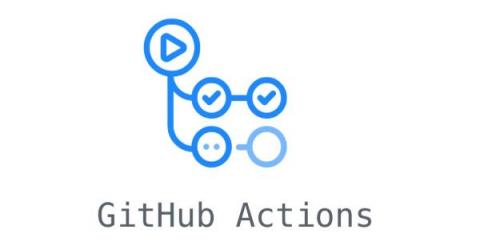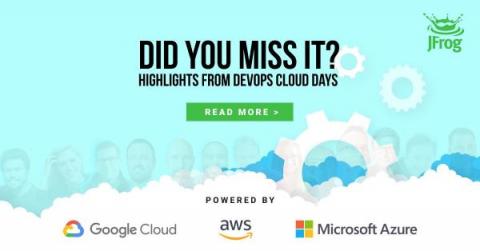Operations | Monitoring | ITSM | DevOps | Cloud
Latest News
For Every Github Action...
On Nov 13, 2019 Github made it’s CI/CD solution GitHub Actions generally available to the world. Since then tens of thousands of shared workflows have been published. It is now the default for most Github projects given how easy it is to integrate with an existing repo. Projects of all sizes have adopted it from our homegrown Terraform module to the Docker Cli. This is why at Speedscale we’ve published a template for how to use Speedscale in conjunction with GitHub Actions.
6 ways your organization can benefit from a network management solution
In today’s world, businesses depend on the internet and networks for nearly all their operations. Most large-scale corporations from banks to IT services have their critical operations built around a network. With network types ranging from wired and wireless to virtual environments, network management has only become increasingly complex, and network administrators need all the help they can get.
Top 5 Kubernetes Load-Testing Tools and How They Compare
It's not for nothing that Kubernetes is a popular choice for running a cloud workload. It can be a powerful tool for orchestrating your applications. However, one thing that can often be a last thought in a production workflow, or maybe forgotten altogether, is load testing. It might be tempting to think that Kubernetes can handle it all. In many cases it can, but it's always smart to know how much your application can take. After reading this article, you'll be equipped to determine which tools would best serve you for load testing your application.
Use Datadog's Sourcegraph extension to navigate code and visualize service dependencies
Sourcegraph is a universal code search tool that enables you to easily navigate and understand all of your code, regardless of the number of repositories you have and where they’re hosted. Its built-in code intelligence feature lets you jump to the definition and references of functions and variables, helping you learn new codebases faster.
Load Balance an Infinite Number of Servers And Never Reload HAProxy
Every load balancer you’ll find on the market must deliver performance, reliability, scalability, and security, and do it better than its competitors. Each must solve complex programming challenges that address those needs—choices that will affect the direction of the project for years to come. HAProxy is no different. When evaluating whether you should choose HAProxy or something else, it helps to know how project contributors answered the big, architectural questions.
Importance of Good Incident Communication
From alerting to during to post incident, great communication is the key to effective incident response.
Using authentication decorators in Flask
Has your team worked on an API and wanted (somehow) to implement more powerful security features? If you are dissatisfied with the level of security in an API, there are solutions for improving it! In this tutorial, I will lead you through the process of creating API endpoints that are secured with authentication tokens. Using these endpoints, we will be able to make requests to the Flask API only for authenticated users.











